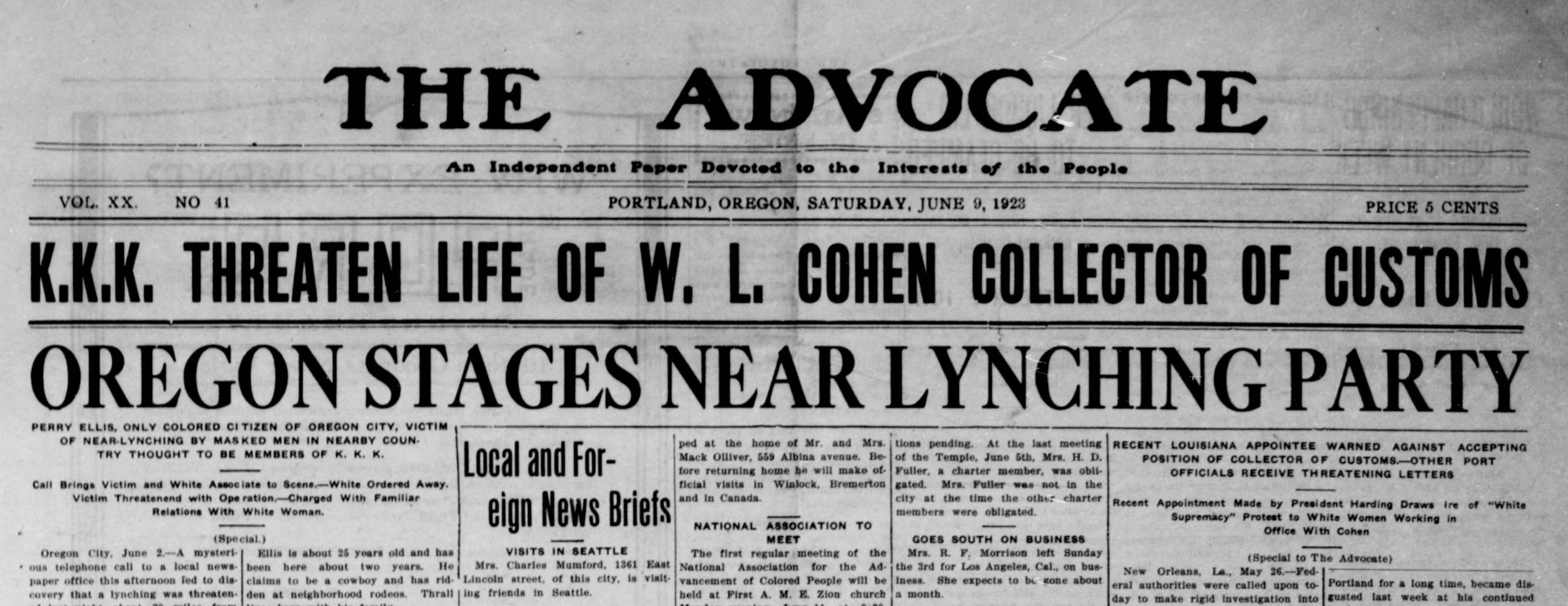The Best Strategy To Use For News Articles
The Best Strategy To Use For News Articles
Blog Article
Not known Facts About News Articles
Table of ContentsThe Main Principles Of News Articles News Articles Things To Know Before You BuyThe Ultimate Guide To News Articles8 Simple Techniques For News ArticlesNot known Details About News Articles
Good expertise of various topics gives pupils a competitive edge over their peers. Also though electronic and social media are easily accessible, we need to not forget just how essential it is to review the newspapers. Parents need to attempt and inculcate the habit of reviewing a newspaper as a day-to-day routine to proceed the tradition of the adored print tool.Newspaper article also consist of at least one of the adhering to essential characteristics family member to the desired audience: proximity, importance, timeliness, human passion, strangeness, or consequence. The relevant term journalese is in some cases made use of, normally pejoratively, to describe news-style writing. One more is headlinese. Papers typically adhere to an expository writing design.
Within these restrictions, newspaper article also aim to be detailed. Other factors are included, some stylistic and some obtained from the media kind. Amongst the larger and more respected newspapers, fairness and equilibrium is a significant factor in offering details. Discourse is normally constrained to a different section, though each paper may have a different general angle.
Papers with a global target market, for example, often tend to use an extra formal style of creating. News Articles.; typical design overviews consist of the and the United States Information Style Book.
News Articles Can Be Fun For Anyone
As a rule, journalists will not make use of a lengthy word when a brief one will certainly do. Information writers try to avoid utilizing the same word much more than as soon as in a paragraph (sometimes called an "echo" or "word mirror").
However, headings often leave out the topic (e.g., "Jumps From Boat, Catches in Wheel") or verb (e.g., "Cat lady fortunate"). A subhead (likewise subhed, sub-headline, subheading, subtitle, deck or dek) can be either a subservient title under the major heading, or the heading of a subsection of the post. It is a heading that comes before the major message, or a group of paragraphs of the main message.

Added signboards of any of these types might appear later in the write-up (especially on subsequent pages) to tempt more analysis. Such signboards are likewise used as guidelines to the write-up in various other areas of the magazine or website, or as promotions for the piece in other magazine or websites. Normal framework with title, lead paragraph (summary in strong), other paragraphs (details) and call details.

Example of a hard-lead paragraph NASA is suggesting one more room project. The budget demands around $10 billion for the task.
An "off-lead" is the 2nd most vital front web page news of the day. To "bury the lead" is to start the post with background information or information of additional relevance to the readers, compeling them to check out more deeply into a post than they need to have to in order to uncover the vital factors.
More About News Articles
Typical usage is that or more sentences each create their own paragraph. Reporters generally describe the organization or structure of an information story as an upside down pyramid. The essential and most intriguing elements of a tale are placed at the start, with supporting info following in order of decreasing significance.
It enables look at this site people to discover a topic to just the depth that their inquisitiveness takes them, and without the charge of information or nuances that they might consider unimportant, however still making that information readily available to a lot more interested readers. The upside down pyramid framework also enables short articles to be cut to any kind of approximate length during layout, to suit the space readily available.
Some authors begin their tales with the "1-2-3 lead", yet there are numerous kinds of lead available. This layout invariably begins look at here with a "Five Ws" opening paragraph (as defined over), followed by an indirect quote that serves to sustain a significant component of the initial paragraph, and after that a direct quote to support the indirect quote. [] A kicker can refer to several things: The last story in the news program; a "delighted" tale to finish the program.
Longer write-ups, such as magazine cover articles and the pieces that lead the inside sections of a newspaper, are recognized as. Feature tales differ from straight information in my latest blog post numerous means. Foremost is the absence of a straight-news lead, most of the time. As opposed to providing the essence of a story in advance, function authors may try to draw readers in.
Some Known Incorrect Statements About News Articles
A feature's first paragraphs commonly associate a fascinating moment or event, as in an "unscientific lead". From the particulars of a person or episode, its view promptly broadens to abstract principles about the tale's topic.
The Editor's Tool kit: A Reference Overview for Beginners and Professionals (2001) Allan M. Siegal and William G. Connolly. The New York City Times Handbook of Style and Usage: The Official Design Overview Utilized by the Writers and Editors of the World's Many Authoritative Paper (2002) M. L. Stein, Susan Paterno, and R.
Report this page